Effectiveness Analysis for Smart Construction Safety Technology (SCST) by Test Bed Operation on Small- and Medium-Sized Construction Sites
Abstract
:1. Introduction
1.1. Literature Review
1.2. Application Limit to Small- and Medium-Sized Construction Sites
2. Smart Construction Technology (SCT)
2.1. Concept & Development of SCT and Smart Construction Safety Technology (SCST)
2.2. Review of SCST Cases
2.3. Major Smart Safety Sensors & Equipment in South Korea
3. Test Bed Selection and Operation
3.1. Test Bed Selection
3.2. Test Bed Operating Equipment Configuration
3.3. Data Type Derived by SCST Equipment and System
4. SCST Performance Analysis
4.1. Sensor Data Analysis
4.2. Limitations and Improvement Plan of SCST after Test Bed Operation
4.3. Recommendations for SCST from Test Bed Operation
5. Conclusions
- Introducing SCSTs associated with incentives will likely lead to corresponding achievements, such as increases in workers’ compliance with safety rules and the creation of a safe culture.
- A location sensor can be used for real-time location checks and commuting time checks, but it is considered difficult to use for safety management at the current technology level. Even if log data is analyzed, hundreds of data are recorded per worker per day, and location data omissions occur due to technology limitations and lack of workers’ participation; therefore, there is a limit to checking and managing the data after the record. Therefore, it can be effective to identify workers’ locations and manage associated with a mobile CCTV in real time at the current level.
- An FRAA sensor generates an alarm and saves data if the movement of workers is within the transmission/reception distance of a risk zone approach sensor, similar to the functionality of the location sensor. However, there is a lack of quantitative criteria for determining whether workers are working in a risk area or simply moving. If the FRAA sensor and mobile CCTV are connected, it is easier to identify actual dangerous work, but because it is difficult to deploy many mobile CCTVs with high unit prices, it is possible to effectively manage workers with a stay period of 5 min or more according to standards.
- In the case of a heavy equipment approach, an entire site alarm did not occur from the test bedsite and only the alarm according to the approach and recognition occurred. Owing to the characteristics of small- and medium-sized sites, heavy equipment is often detected in a single shot. Accordingly, installation and dismantling of HEA sensors may occur frequently; therefore, management by the site manager is required.
- The hazardous gas detector was analyzed only for oxygen, temperature, and humidity information based on the absence of harmful gases owing to the construction characteristics and seasonal requirements. In August, the temperature was recorded as over 35 °C several times, but it was necessary to link with the mobile CCTV to determine whether a break time was actually given.
- Structure displacement sensors for scaffolding and formwork may not experience any events during the test bed operation period. In particular, the displacement value is often set to be low; thus, events occur more rarely. However, when an event occurs, an alarm is sent according to the standard; thus, workers working in the vicinity can recognize it, and the effectiveness is judged to be high.
- Even if a mobile CCTV was installed, there were many cases of workers not wearing protective gear and/or non-compliance with safety rules before training and guidance. In this context, a mobile CCTV is judged to be highly useful for safety management because it can be installed in an appropriate location, and the worker can be viewed and guided in real time if the manager is interested. In addition, if the recognition accuracy of safety belts can increase through the development of deep neural networks, mobile CCTV will also be more effective.
- The SCST market is now in its infancy, and it is necessary to identify problems by applying SCSTs to various sites and to improve the technology, e.g., by reflecting the opinions of the site. In the case of attachable equipment, improvement is required so that it does not interfere with workers’ work, e.g., through lighter weights. In addition, institutional improvements and publicity should accompany the activation of SCSTs at the government and industrial complex levels. Insofar as the proposed recommendations, they have been analyzed based on the current technology levels. Moreover, the need for the introduction of SCSTs has been highlighted. It is highly likely that technology improvements from suppliers will proceed quickly, so there is a need to improve such technology levels through continuous research.
- The pros and cons and combinations for each SCST are expected to contribute to setting the development direction of SCSTs and selecting SCSTs in small- and medium-sized sites.
Author Contributions
Funding
Institutional Review Board Statement
Informed Consent Statement
Data Availability Statement
Conflicts of Interest
References
- Ayhan, B.U.; Tokdemir, O.B. Accident Analysis for Construction Safety Using Latent Class Clustering and Artificial Neural Networks. J. Constr. Eng. Manag. 2020, 146, 04019114. [Google Scholar] [CrossRef]
- OSHA. Commonly Used Statistics. Available online: https://www.osha.gov/data/commonstats (accessed on 1 March 2022).
- European Commission. EU SMEs Report. Available online: https://op.europa.eu/en/publication-detail/-/publication/0b7b64b6-ca80-11e7-8e69-01aa75ed71a1 (accessed on 1 March 2022).
- SBA. US Small Business Employees. Available online: https://www.sba.gov/sites/default/files/advocacy/United_States.pdf (accessed on 1 March 2022).
- Taofeeq, D.M.; Adeleke, A.Q. Factor’s influencing contractors risk attitude in the Malaysian construction industry. J. Construstion Bus. Manag. 2019, 3, 59–67. [Google Scholar] [CrossRef] [Green Version]
- Lee, B.K. A Study on the Factors Affecting Small-scale Construction Site Safety and Health Compliance. J. Korea Saf. Manag. Sci. 2018, 20, 21–35. [Google Scholar]
- Priya, M.M.; Kothai, P.S.; Kohilambal, E. Study on Safety Practices and their Performance in the Construction Industries. Int. J. Mod. Trends Eng. Res. 2016, 3, 284–293. [Google Scholar]
- Edirisinghe, R. Digital skin of the construction site Smart sensor technologies towards the future smart construction site. Eng. Constr. Archit. Manag. 2019, 26, 184–223. [Google Scholar] [CrossRef] [Green Version]
- Liu, H.; Song, J.; Wang, G. A Scientometric Review of Smart Construction Site in Construction Engineering and Management: Analysis and Visualization. Sustainability 2021, 13, 8860. [Google Scholar] [CrossRef]
- Lee, D.G.; Park, J.Y.; Song, S.H. BIM-Based Construction Information Management Framework for Site Information Management. Adv. Civ. Eng. 2018, 2018, 5249548. [Google Scholar] [CrossRef] [Green Version]
- Paneru, S.; Jeelani, I. Computer vision applications in construction: Current state, opportunities & challenges. Autom. Constr. 2021, 132, 103940. [Google Scholar]
- Pan, Y.; Zhang, L. Roles of artificial intelligence in construction engineering and management: A critical review and future trends. Autom. Constr. 2021, 122, 103517. [Google Scholar] [CrossRef]
- Jiang, W.; Ding, L.; Zhou, C. Cyber physical system for safety management in smart construction site. Eng. Constr. Archit. Manag. 2020, 28, 788–808. [Google Scholar] [CrossRef]
- Štefanic, M.; Stankovski, V. A review of technologies and applications for smart construction. Civil Eng. 2019, 172, 83–87. [Google Scholar] [CrossRef] [Green Version]
- Maskuriy, R.; Selamat, A.; Ali, K.N.; Maresova, P.; Krejcar, O. Industry 4.0 for the Construction Industry—How Ready Is the Industry? Appl. Sci. 2019, 9, 2819. [Google Scholar] [CrossRef] [Green Version]
- Xu, L.D.; Xu, E.L.; Li, L. Industry 4.0: State of the art and future Trends. Int. J. Prod. Res. 2018, 56, 2941–2962. [Google Scholar] [CrossRef] [Green Version]
- Vovchuk, T.S.; Wilk-Jakubowski, J.Ł.; Telelim, V.M.; Loboichenko, V.M.; Shevchenko, R.I.; Shevchenko, O.S.; Tregub, N.S. Investigation of the use of the acoustic effect in extinguishing fires of oil and petroleum products. SOCAR Proc. 2021, 2, 24–31. [Google Scholar] [CrossRef]
- Pięta, P.; Deniziak, S.; Belka, R.; Płaza, M.; Płaza, M. Multi-domain model for simulating smart IoT-based theme parks. In Proceedings of the Photonics Applications in Astronomy, Communications, Industry, and High-Energy Physics Experiments, Wilga, Poland, 1 October 2018; p. 108082T. [Google Scholar] [CrossRef]
- Belka, R.; Deniziak, S.; Płaza, M.; Hejduk, M.; Pięta, P.; Płaza, M.; Czekaj, P.; Wołowiec, P.; Ludwinek, K. Integrated visitor support system for tourism industry based on IoT technologies. In Proceedings of the Photonics Applications in Astronomy, Communications, Industry, and High-Energy Physics Experiments, Wilga, Poland, 1 October 2018; p. 108081J. [Google Scholar] [CrossRef]
- Mirosław Płaza, Łukasz Pawlik, Influence of the Contact Center systems development on Key Performance Indicators. IEEE Access 2021, 9, 44580–44591. [CrossRef]
- Niu, Y.; Lu, W.; Chen, K.; Huang, G.G. Smart Construction Objects. ASCE 2016, 30, 1–11. [Google Scholar] [CrossRef] [Green Version]
- Sutrisna, M.; Kumaraswamy, M.M. Cyber-physical systems integration of building information models and the physical construction. Eng. Constr. Archit. Manag. 2015, 22, 516–535. [Google Scholar]
- Teizer, J.; Allread, B.S.; Fullerton, C.E.; Hinze, J. Autonomous pro-active real-time construction worker and equipment operator proximity safety alert system. Autom. Constr. 2010, 19, 630–640. [Google Scholar] [CrossRef]
- Woodhead, R.; Stephenson, P.; Morrey, D. Digital construction: From point solutions to IoT ecosystem. Autom. Constr. 2018, 93, 35–46. [Google Scholar] [CrossRef] [Green Version]


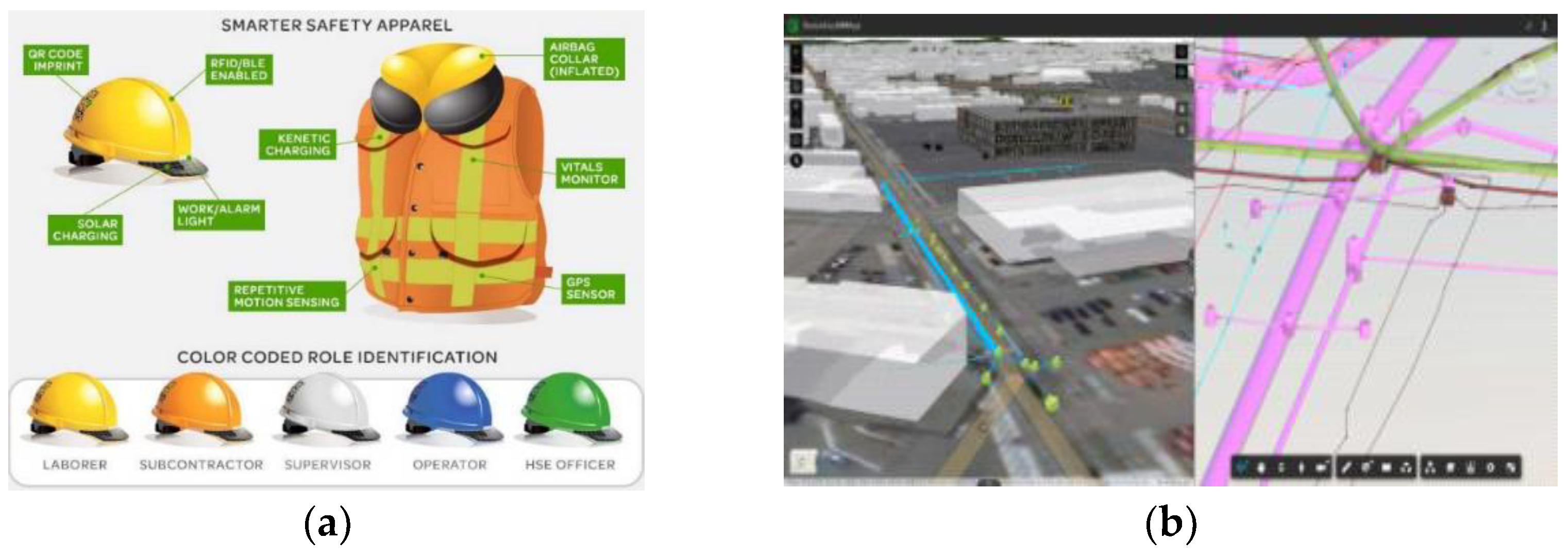

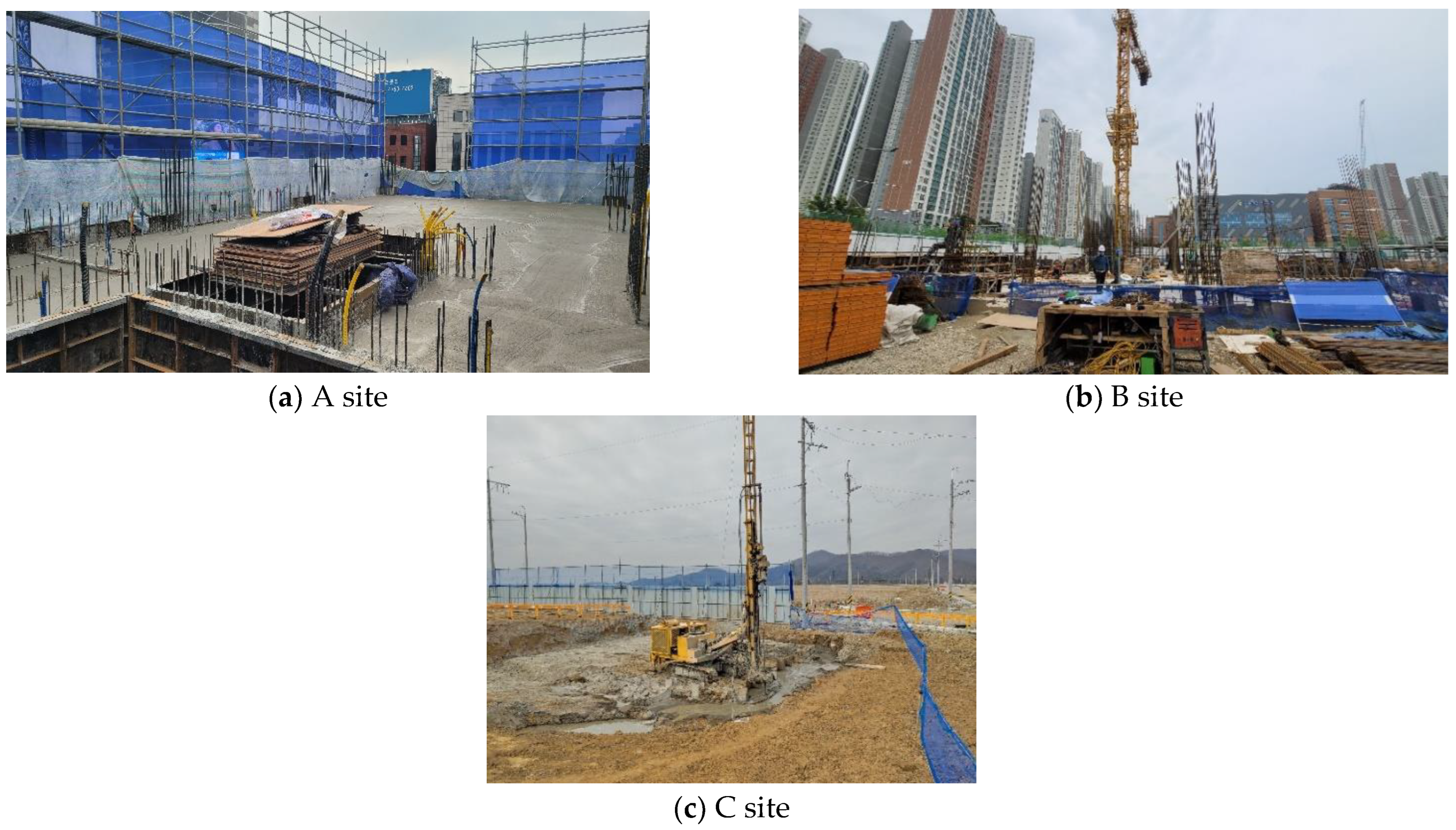
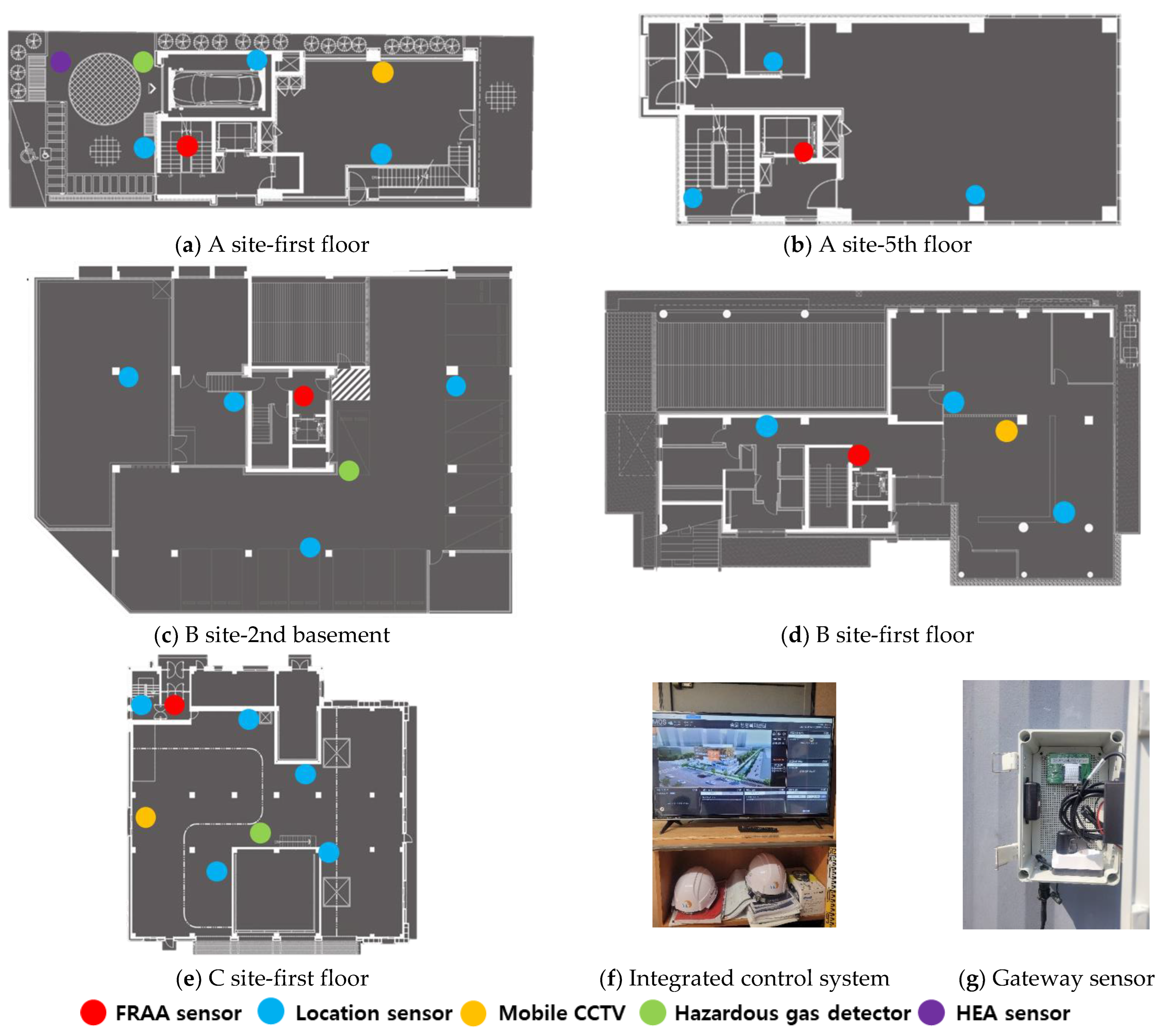
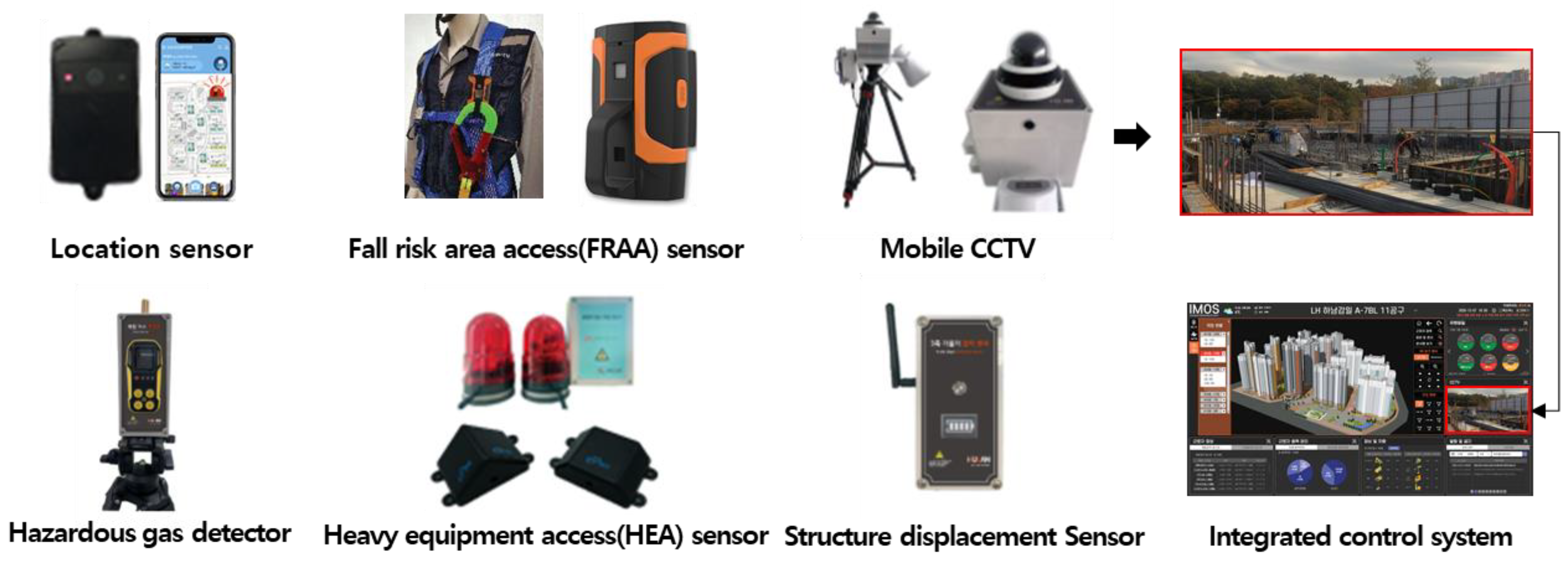
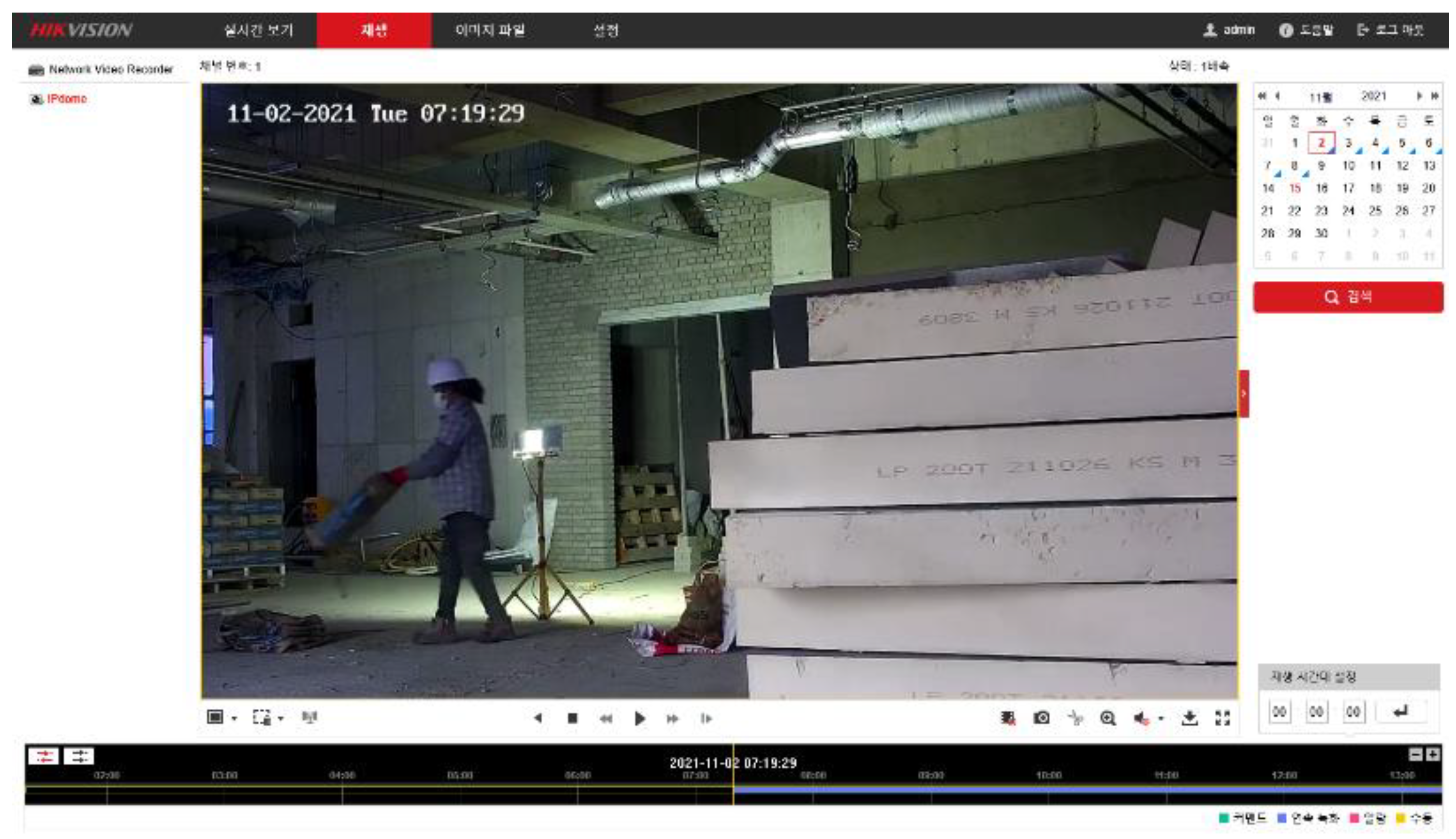


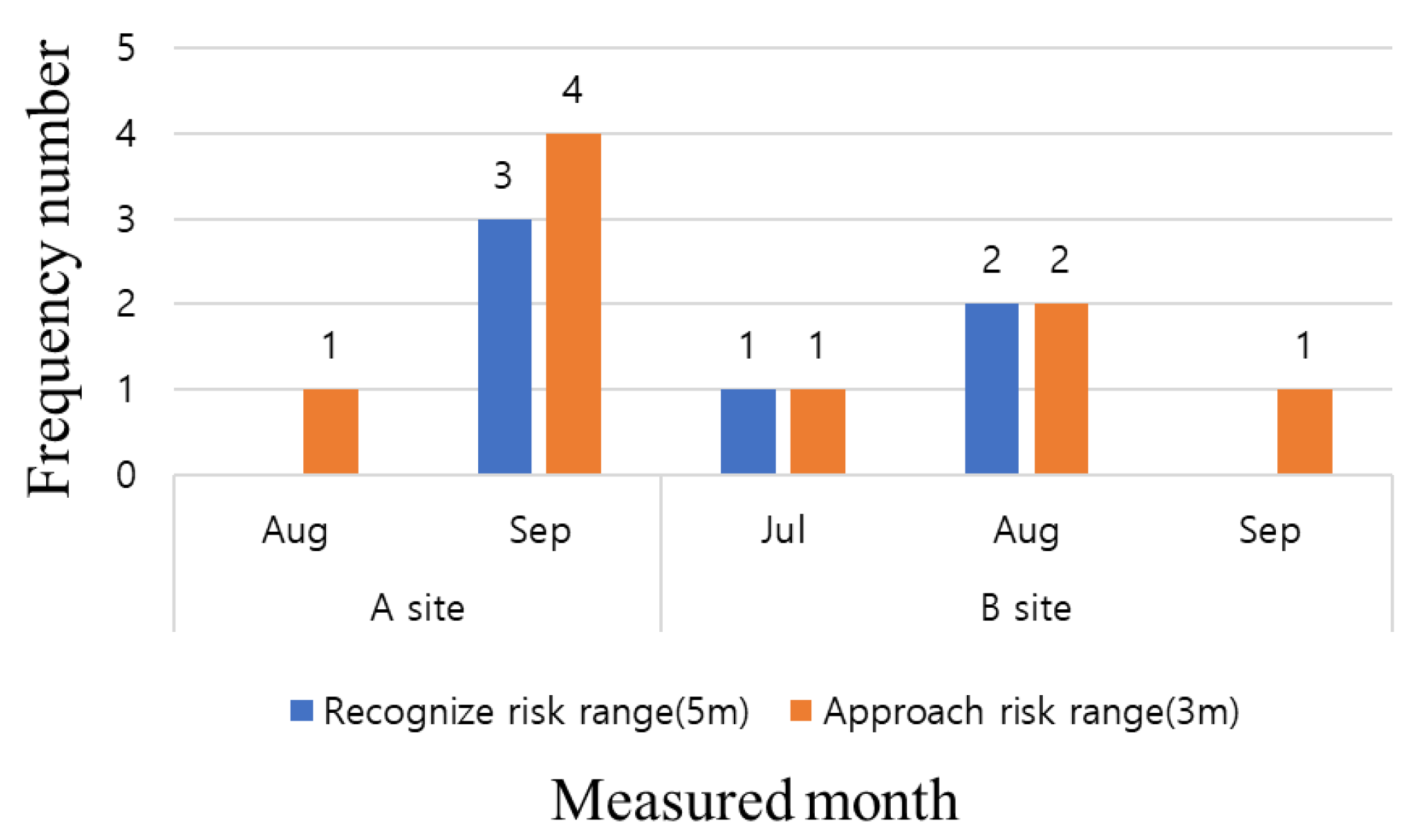

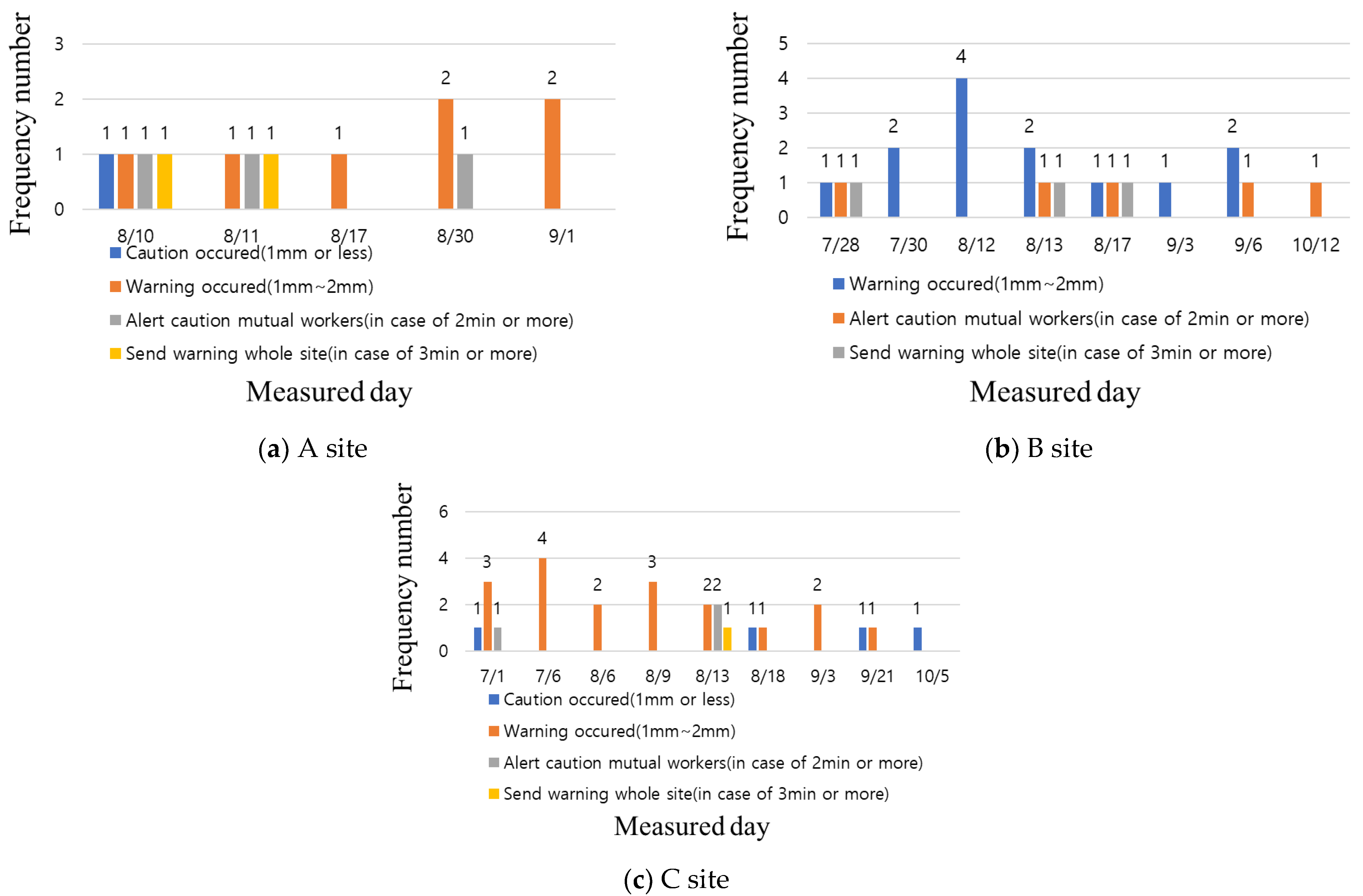
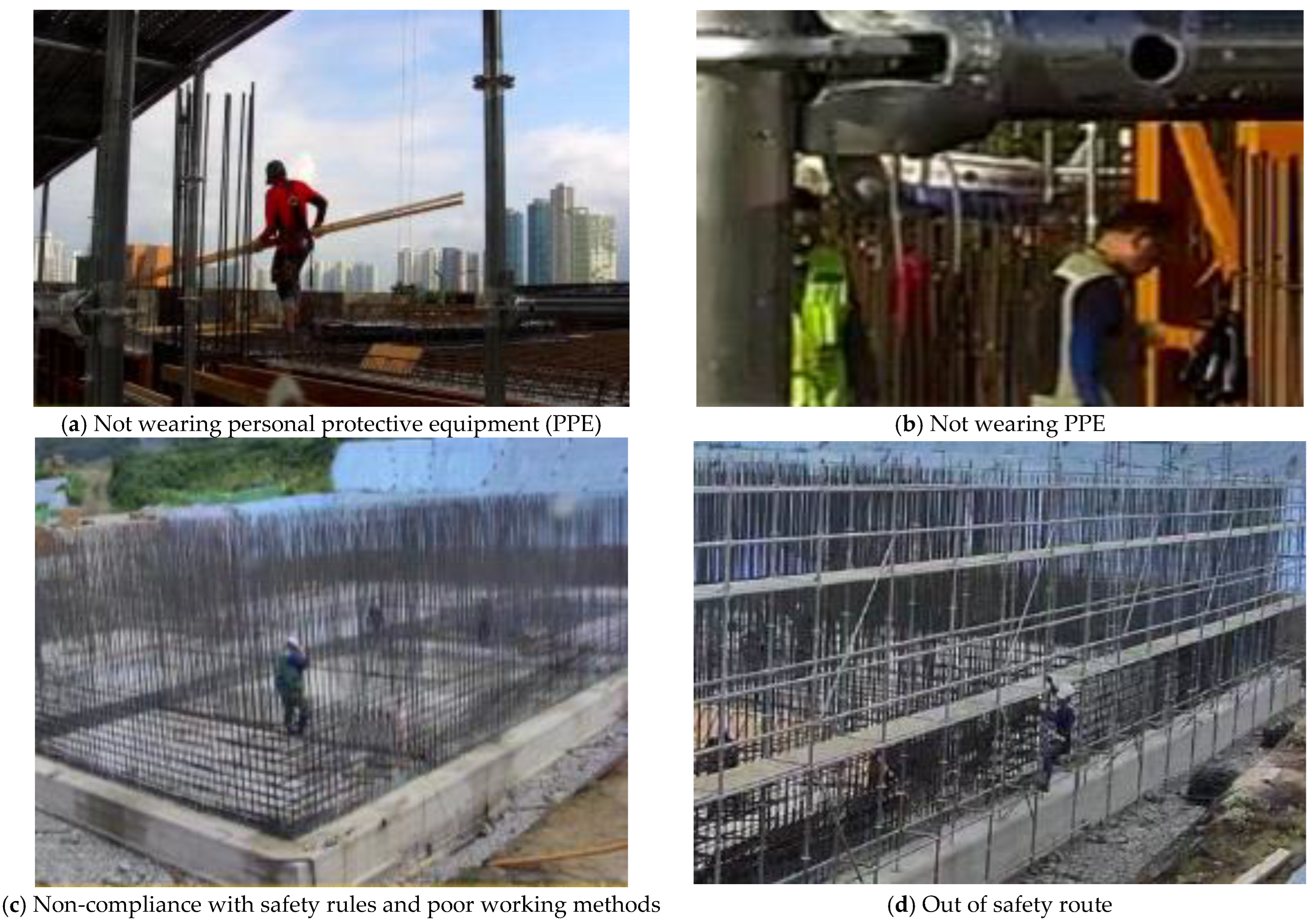
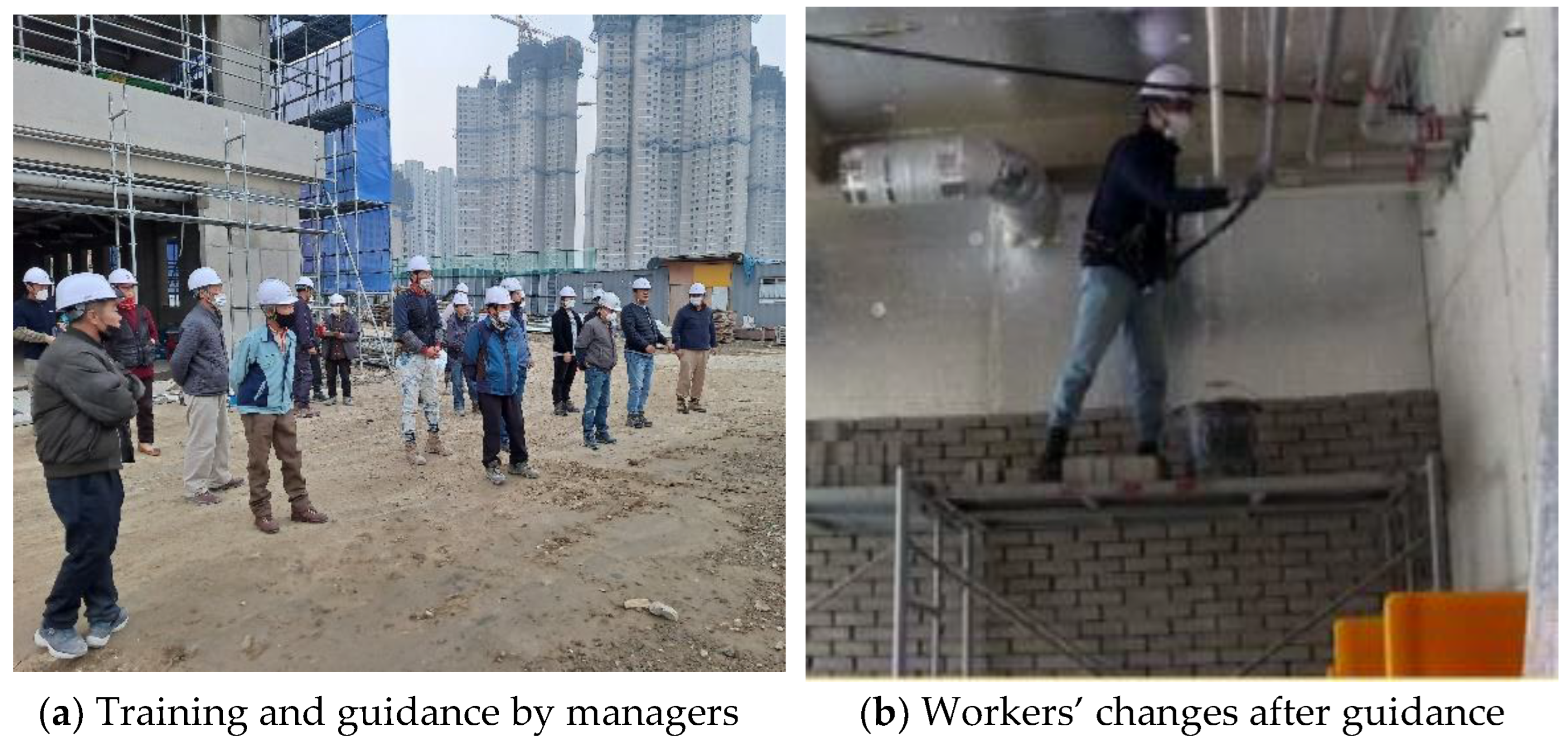
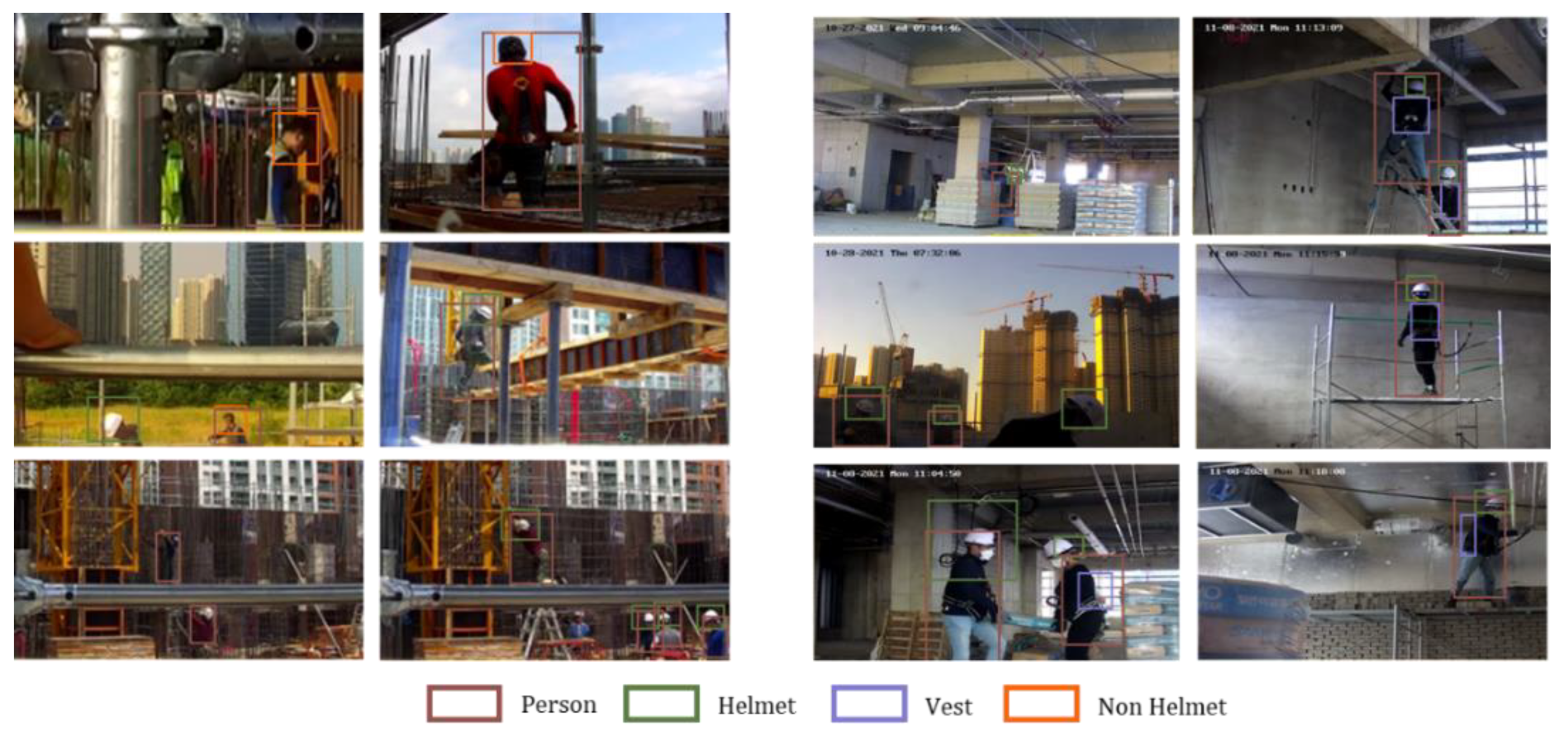

| Company Name | SCST |
|---|---|
| Wearable Technologies Limited (UK) |
|
| TANIZAWA (Japan) |
|
| INTRASYS (Singapore) |
|
| RealWear (USA) |
|
| EXCELLENT WEBWORLD (USA) |
|
| Intellinium (France) |
|
| Attachment Equipment | Fundament and Method of Operation | Main Function | |
|---|---|---|---|
| Location sensor | 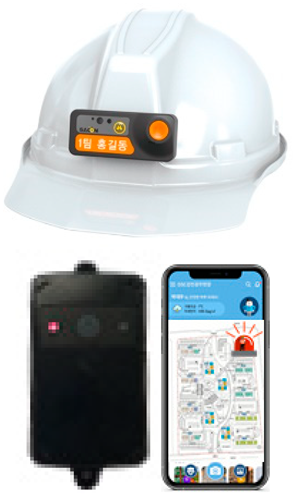 |
|
|
| Fall risk area access sensor (smart belt, safety hook) | 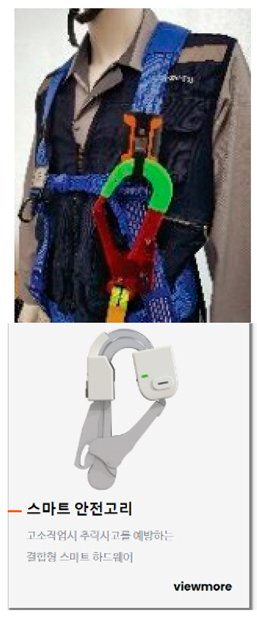 |
|
|
| Heavy equipment access sensor | 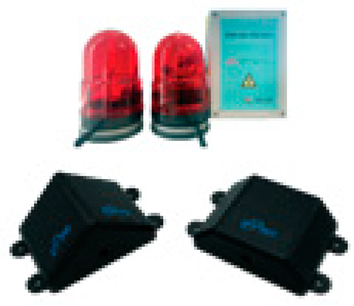 |
|
|
| Installation Equipment | Fundament and Method of Operation | Main Function | |
|---|---|---|---|
| Mobile closed-circuit television (CCTV) | 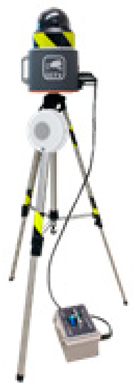 |
|
|
| Hazardous gas detector |  |
|
|
| Structure Displacement/ tilt Sensor | 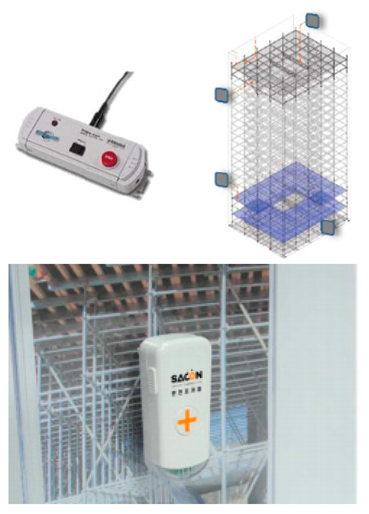 |
|
|
| Opening open sensor | 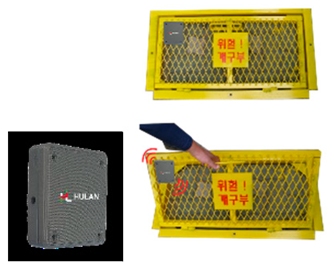 |
|
|
| Heavy object drop alarm | 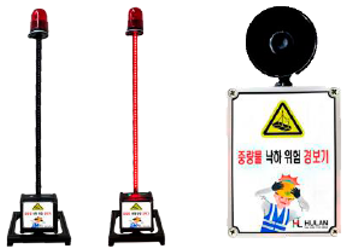 |
|
|
| Thermal imaging camera |  |
|
|
| Mobile integrated control system | 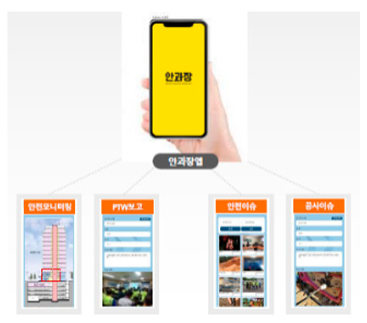 |
|
|
| PC integrated control system |  |
|
|
| Type | A Site | B Site | C Site | |
|---|---|---|---|---|
| Site information | Building type | Commercial building | Administrative agency | Sewage treatment plant |
| Construction cost (million dollar) | 4.2 | 10 | 5.4 | |
| The number of workers | 20 | 40 | 20 | |
| Process rate | 55% | 28% | 8% | |
| The number of floors | 12th floor | 2nd basement floor—5th floor | 3rd Floor | |
| Equipment type | Integrated control system | 1 | 1 | 1 |
| Location sensor | 23 | 11 | 11 | |
| Fall risk area access (FRAA) sensor | 9 | 2 | 2 | |
| Heavy equipment access (HEA) sensor | 3 | 3 | 1 | |
| Mobile CCTV | 1 | 1 | 2 | |
| Hazardous gas detector | 1 | 1 | 1 | |
| Structure displacement sensor | 2 | 2 | 2 | |
| IN | OUT | Name | Type | Area | Location | Note |
|---|---|---|---|---|---|---|
| 06:40:38 | 000 | entry | Gate 2 | QR reader | start work | |
| 07:05:14 | 07:12:02 | 000 | general | F5 | 2 | work path |
| 07:28:21 | 07:28:56 | 000 | general | F4 | 2 | |
| 07:28:56 | 07:29:38 | 000 | general | F3 | 2 | |
| 07:29:38 | 07:30:15 | 000 | general | F2 | 1 | |
| ... | ... | ... | ... | ... | ... | - |
| 11:30:27 | 11:31:25 | 000 | entry | Gate 2 | QR reader | lunch (15 min |
| 11:46:05 | 11:46:27 | 000 | general | F1 | 1 | |
| 11:48:06 | 11:49:10 | 000 | general | F3 | 1 | no break time |
| 11:49:10 | 11:49:51 | 000 | general | F5 | 2 | |
| ... | ... | ... | ... | ... | ... | - |
| 16:20:54 | 16:22:56 | 000 | general | F2 | 1 | work |
| 16:22:56 | 16:23:58 | 000 | general | F3 | 1 | |
| 16:23:58 | 16:23:58 | 000 | general | F4 | 2 | |
| 16:29:43 | 16:31:45 | 000 | general | F5 | 2 | |
| 16:31:45 | 16:31:45 | 000 | general | Gate 2 | QR reader | leave work |
| Equipment and Sensor | Necessity | Cost Effectiveness | Usability | Convenience | Scalability | Total Score |
|---|---|---|---|---|---|---|
| Location sensor | △ | ○ | △ | ○ | ○ | ○ |
| FRAA sensor | ○ | ○ | ○ | ○ | ○ | ○ |
| Mobile CCTV | ○ | X | ○ | ○ | ○ | ○ |
| Hazardous gas detector | ○ | ○ | △ | ○ | X | △ |
| HEA sensor | ○ | ○ | ○ | △ | △ | ○ |
| Structure displacement Sensor | ○ | ○ | ○ | ○ | X | ○ |
| Integrated control system | ○ | X | ○ | △ | ○ | △ |
Publisher’s Note: MDPI stays neutral with regard to jurisdictional claims in published maps and institutional affiliations. |
© 2022 by the authors. Licensee MDPI, Basel, Switzerland. This article is an open access article distributed under the terms and conditions of the Creative Commons Attribution (CC BY) license (https://creativecommons.org/licenses/by/4.0/).
Share and Cite
Kim, Y.-S.; Lee, J.Y.; Yoon, Y.-G.; Oh, T.-K. Effectiveness Analysis for Smart Construction Safety Technology (SCST) by Test Bed Operation on Small- and Medium-Sized Construction Sites. Int. J. Environ. Res. Public Health 2022, 19, 5203. https://doi.org/10.3390/ijerph19095203
Kim Y-S, Lee JY, Yoon Y-G, Oh T-K. Effectiveness Analysis for Smart Construction Safety Technology (SCST) by Test Bed Operation on Small- and Medium-Sized Construction Sites. International Journal of Environmental Research and Public Health. 2022; 19(9):5203. https://doi.org/10.3390/ijerph19095203
Chicago/Turabian StyleKim, Yong-Seon, Jae Yun Lee, Young-Geun Yoon, and Tae-Keun Oh. 2022. "Effectiveness Analysis for Smart Construction Safety Technology (SCST) by Test Bed Operation on Small- and Medium-Sized Construction Sites" International Journal of Environmental Research and Public Health 19, no. 9: 5203. https://doi.org/10.3390/ijerph19095203
APA StyleKim, Y.-S., Lee, J. Y., Yoon, Y.-G., & Oh, T.-K. (2022). Effectiveness Analysis for Smart Construction Safety Technology (SCST) by Test Bed Operation on Small- and Medium-Sized Construction Sites. International Journal of Environmental Research and Public Health, 19(9), 5203. https://doi.org/10.3390/ijerph19095203







